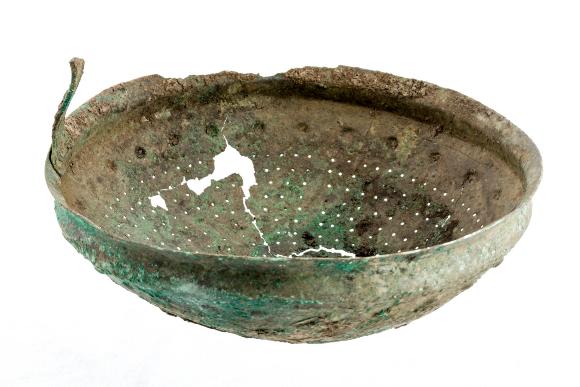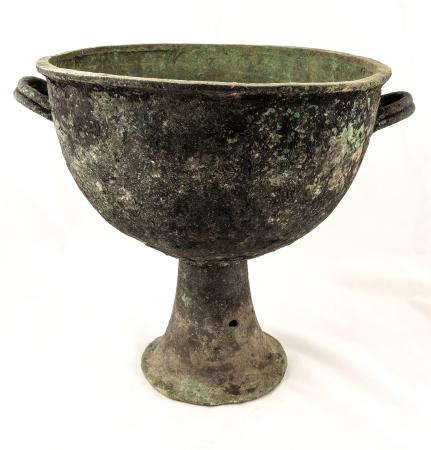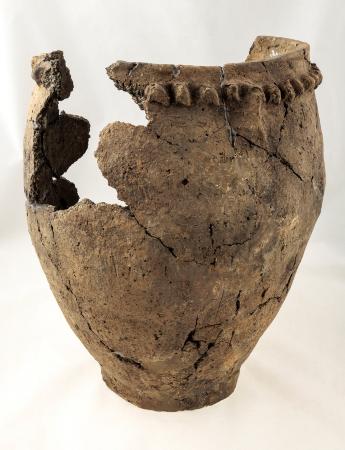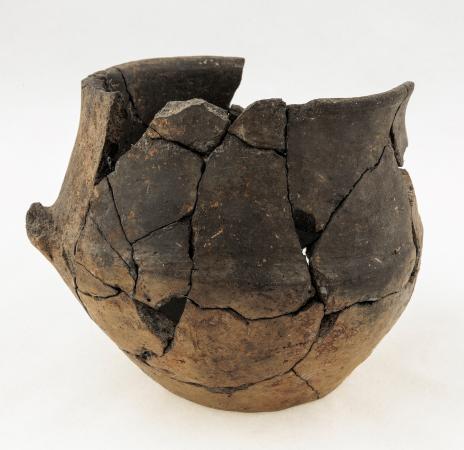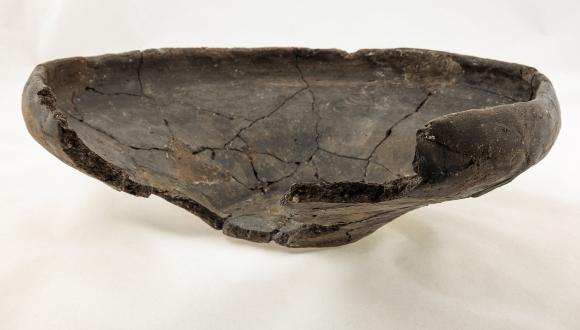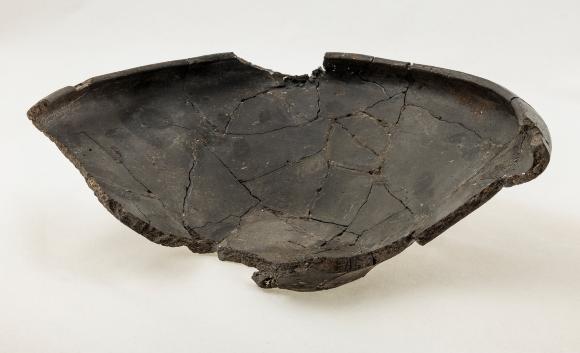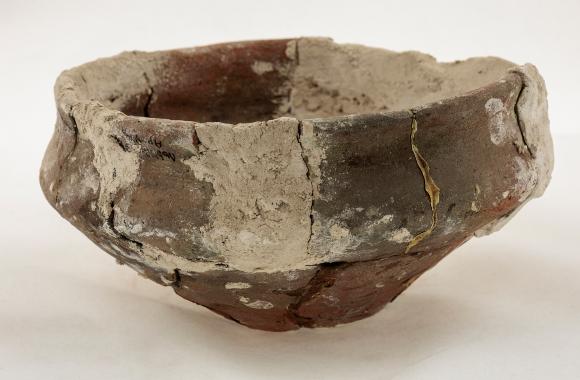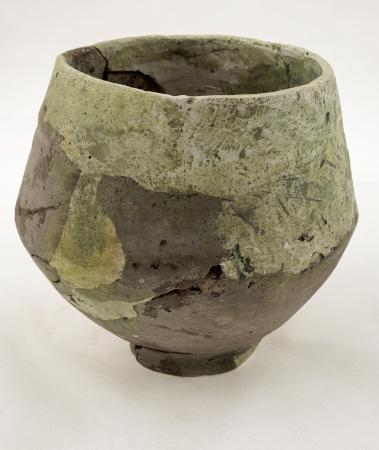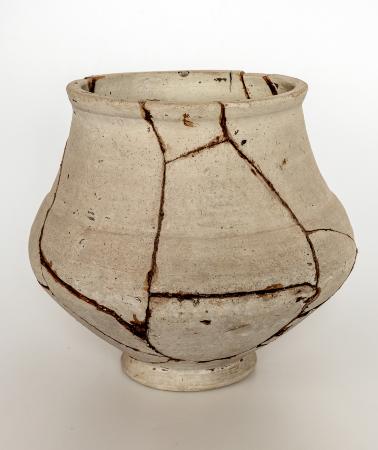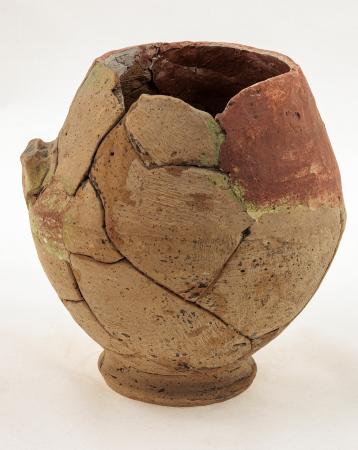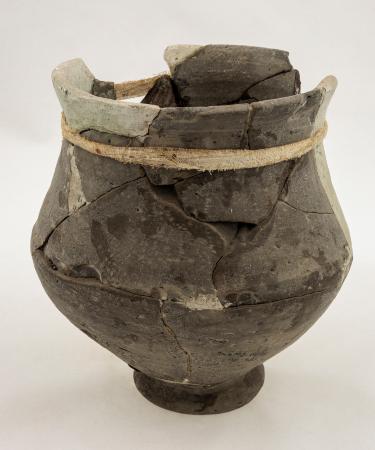Fragment of a vessel with the Tree of life
- Inventory number:
- АР-158
- Author:
- Unknown
- Creation Date:
- 4th - 3rd millennia BC
- Place of Creation:
- Koshylivtsi village, Ternopil region
- Provenance:
- Lviv Historical Museum
- Technique:
- molding
- Size:
- 10 x 9 cm
- Material:
- clay
- Type of object:
- Vessel
- Subject:
- Cucuteni–Trypillia culture
On the largest fragment of the vessel, two plants with branches pointing upwards are depicted. The drawing is done in black paint on a brown background. On the second fragment, a plant is shown with a trunk marked by two lines, with branches stretching downward and a row of transverse lines. On the third fragment, the branches are directed upward, and the drawing is done in black paint. Archaeologist Vikentiy Khvoyka discovered the first Cucuteni-Trypillian settlement in present-day Ukraine in 1893–1894 on 55 Kyrylivska Street in Kyiv. However, the culture was named after the village of Trypillia of Kyiv Region. The area of its spread in Eastern Europe ranged from the Dnipro River to the Carpathians, from Polissia to the Black Sea and the Balkan Peninsula. The settlements of the Trypillians covered a significant area and are referred to as proto-cities. One of the distinguishing features of this culture was the burning of their homes, which could have been caused by soil depletion, a lack of resources for livestock grazing, or perhaps it had a ritual significance. The Trypillians were primarily engaged in cultivation, grain farming, fishing, pottery, weaving, metallurgy (including copper processing), and animal husbandry.




